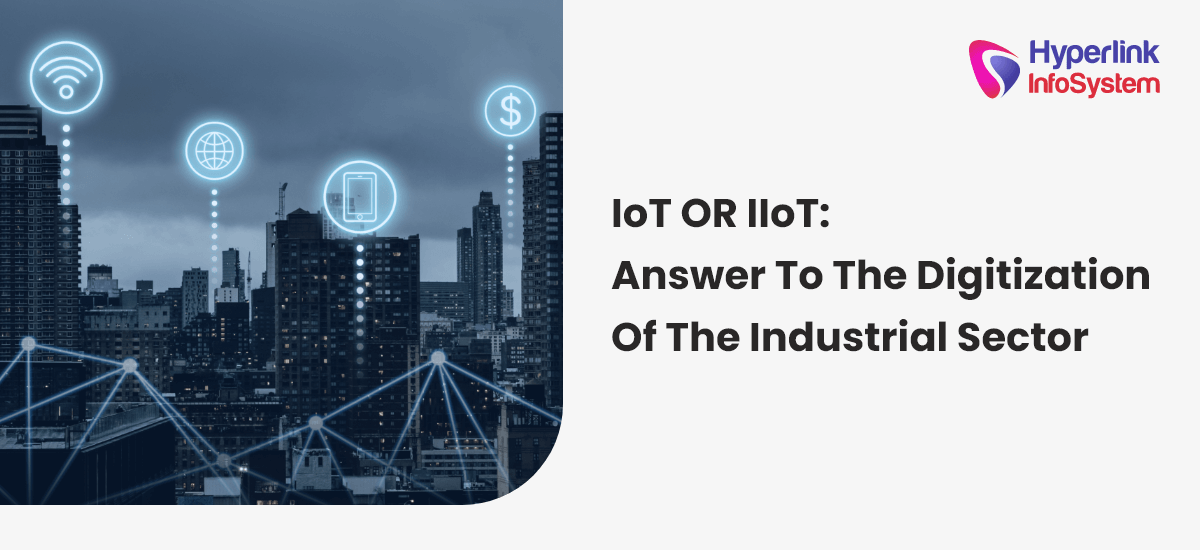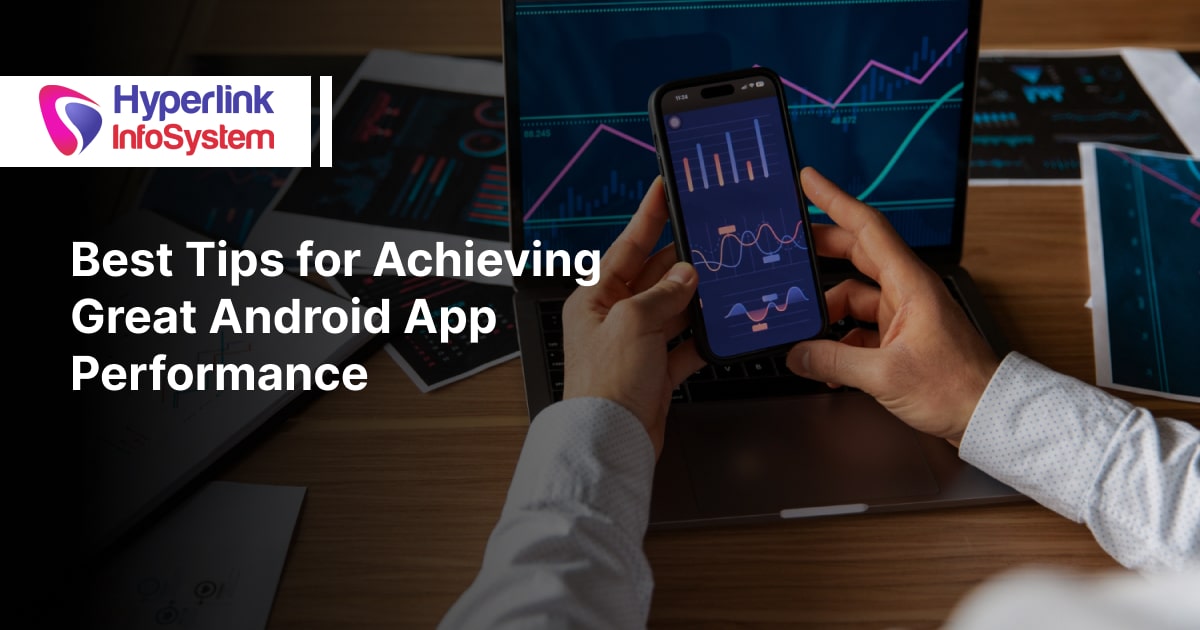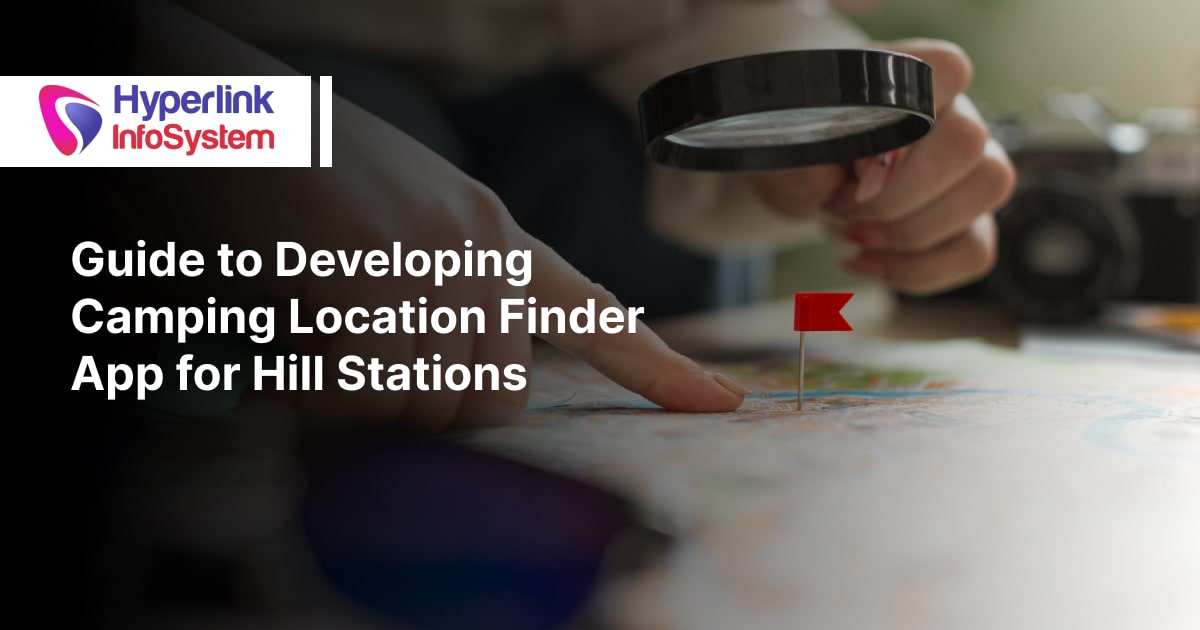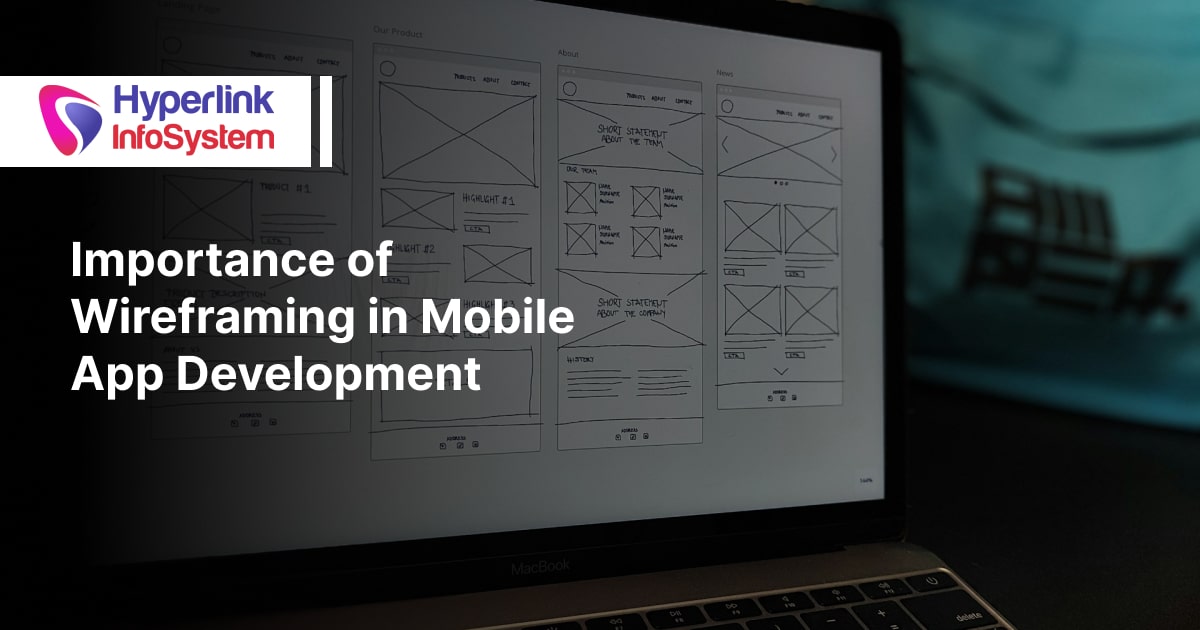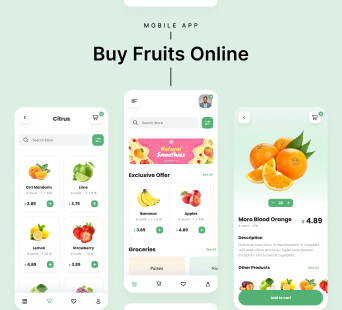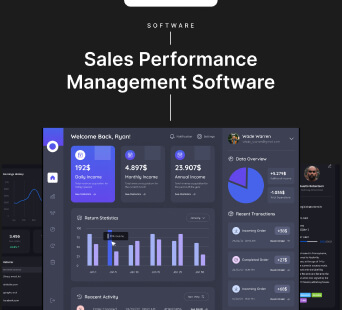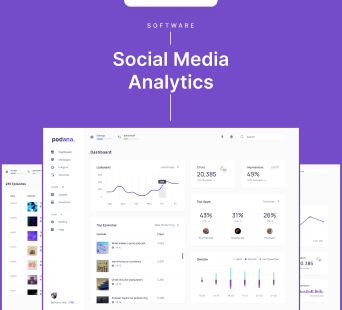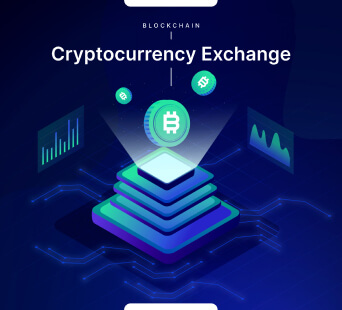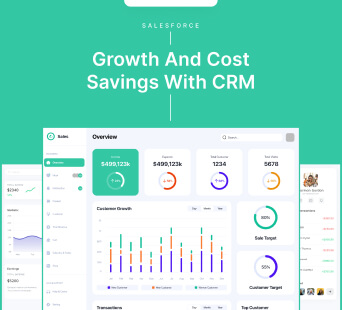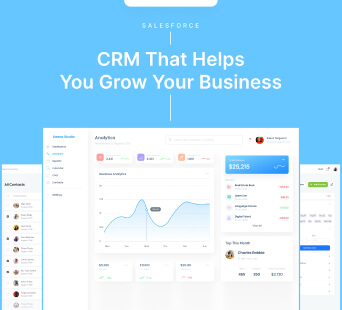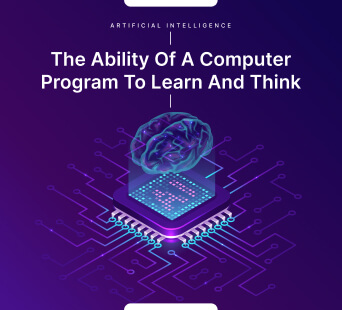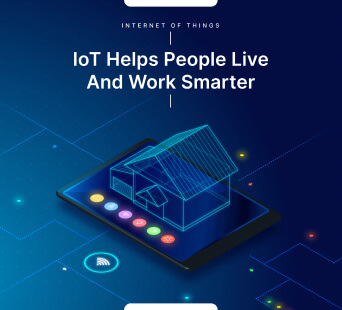The IIoT or Industrial Internet of Things is today a reality that has become a strategic priority for 94% of executives in the sector. We analyze the multiple advantages in efficiency and optimization that are guiding this decision, making the industrial sector a leader in the implementation of IoT in the industry.
What Is The IIoT And What Benefits Does It Bring?
The IIoT consists of a network of connected devices that allows companies to monitor, compile and analyze data for informed decision making. In other words, it is the application of the Internet of Things in Industry 4.0 with the aim of increasing efficiency and productivity.
The basis of the IIoT emerged in the 60s of the 20th century, with the first examples of machine to machine communication. However, it is with the appearance of the TCP/IP and HTTP protocols that the Industrial Internet of Things begins to develop as we know it, while the term Industrial Internet would be coined in 2012.
In summary, the IIoT has the following characteristic elements:
- Devices, including sensors, machines, and GPS locators.
- Connectivity, the network that links these devices with servers in cloud computing or Edge Computing models.
- Applications analysis and processing of data.
- Interfaces for interaction with human operators.
Applied to industry, this set of solutions generates an IIoT environment capable of enhancing the following benefits:
Boost to efficiency and productivity. Through the visibility generated by the IIoT, companies access information that allows them to develop Business Intelligence, making decisions based on data.
Production processes become repetitive and “just in time” production dynamics are generated, with better coordination between suppliers and customers, as well as information on delivery times, manufacturing and availability of materials and personnel.
Additionally, monitoring equipment utilization is estimated to improve productivity by 10-25 %, according to ITIF research reports.
Economic savings in two main areas: the minimization of downtime thanks to predictive maintenance and the improvement in the consumption of energy resources.
Improvement in safety and working conditions for human teams, monitoring factors such as air pollution or machinery failures.
In this sense, 80% of those who have already taken the step towards the implementation of IIoT environments assure that they are achieving "better than expected" results, according to a study by the consulting firm Gartner.
IoT vs. IIoT: What Are Their Differences?
One could speak of the Industrial Internet of Things as the application of the IoT in industry. In other words, the IIoT consists of a branch of the IoT and, as such, both have factors in common: both involve interconnected systems based on data analytics and share some types of sensors or communication protocols.
However, The IIoT Has Its Own Characteristics:
1. Objective: Improve Efficiency
While the IoT is aimed at generating simpler and more satisfactory user experiences, the Internet of Things in Industry 4.0 focuses on improving production efficiency and avoiding failures in activities with high security or economic risk.
2. Requires More Robust Security
While any IoT system should have security by design, vulnerabilities in IoT environments are more serious: from fraudulent access to confidential information to disruptions in the service due to sabotage. In this sense, security in the IIoT must be more robust.
3. Search For Scalability
IIoT environments must be able to increase their work capacity, expanding to new devices without losing quality of service or performance.
4. Higher Precision And Redundancy, Lower Latency
In IIoT, it is more essential to achieve precision in execution and develop systems that guarantee supply in the event of a fall (redundancies). On the other hand, it is crucial to reduce latencies (order execution time).
Steps To Apply The IIoT In Companies
- Detect needs and problem points. The first step to a successful IIoT implementation is to define what objective the company seeks to achieve through technology.
- Integrate IIoT systems with current industrial organization systems (ERP, MES).
- Commissioning of the IoT system and platforms, guaranteeing the control of parameters and security from the beginning.
- Control of energy efficiency.
- Make way for automatic and predictive maintenance.
- Full control over the IoT environment.
Examples Of Use Of The Internet Of Things In Industry 4.0
There are multiple uses of the IoT in industrial environments, from predictive and remote maintenance of infrastructures (which is estimated to generate savings of up to 40% of maintenance costs) to the optimization of energy resources.
These capabilities are what are guiding the implementation of the IIoT in all sectors. However, there are three sectors that are at the forefront of the application, according to a ranking published on ZDNet:
- Manufacturing: Aimed at optimizing systems and saving costs, in addition to verifying the quality of the final product.
- Transportation: With the aim of improving maintenance costs, fuel consumption and safety.
- Services public of electricity and gas used IIoT systems for monitoring consumption and leakage prevention, among others.
- Beyond this ranking, there are also three key sectors in which the IIoT has truly disruptive potential:
- Power Grids: The intelligent networks linked to the Internet of Things Industrial allow management more efficient and sustainable energy. Its advantages include the simultaneous visibility of consumption and production and predictive maintenance strategies.
- Water: IIoT applied to the water sector makes it easier to know the situation of water resources in real time and thus improve their management. This includes from the early detection of leaks, to the knowledge of the real consumption, also avoiding the high maintenance costs typical of the sector and the fragmentation of operational processes and dependence on manufacturers.
In the wind sector, the IIoT helps to improve the efficiency, productivity and reliability of wind farms, also coming closer to complying with the requirements of the European Green Deal. In this way, it allows you to maximize the performance of the systems, reduce high maintenance and downtime costs, coordinate several systems in the same wind farm, and manage farms remotely. Hyperlink InfoSystem can assist you with excellent IoT solution.
